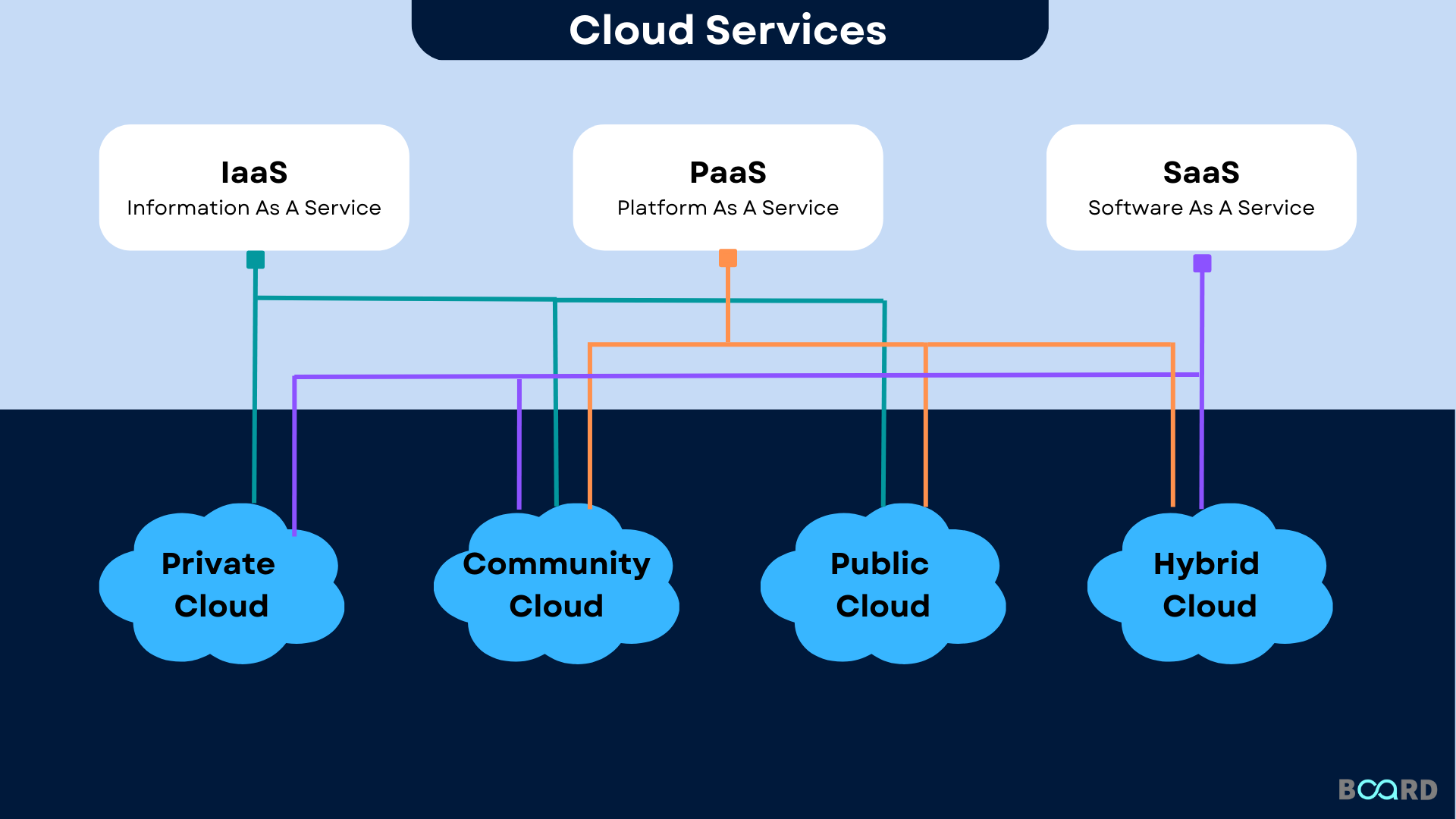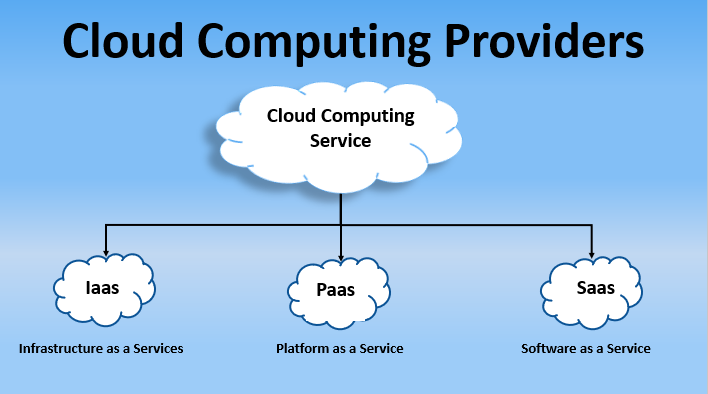Simplify Your Framework With Cloud Provider
As companies navigate the ever-evolving landscape of modern technology and data administration, the function of cloud services in streamlining infrastructure has become significantly noticeable. Exactly how can organizations properly navigate this change and really unlock the potential of cloud services for streamlining their framework?
Advantages of Cloud Provider
Cloud services provide a streamlined method to handling IT infrastructure, giving companies with cost-efficiency, versatility, and scalability. One of the key advantages of cloud services is the scalability they offer. Companies can quickly scale their sources up or down based upon need, guaranteeing they just pay for what they use. This flexibility is particularly beneficial for services with changing requirements or those experiencing growth.
Furthermore, cloud services eliminate the demand for organizations to buy expensive equipment and software program. This cost-efficiency is a considerable advantage, specifically for small to medium-sized enterprises aiming to lessen upfront prices. By utilizing cloud services, companies can access top notch IT sources without the substantial cost connected with typical facilities setups.
Furthermore, cloud solutions provide organizations with the adaptability to access their data and applications from anywhere with a web link. This level of access boosts partnership amongst groups, allows remote job, and increases overall performance. The versatility provided by cloud solutions empowers services to adapt promptly to changing market problems and customer demands.
Expense Financial Savings and Scalability
In enhancement to the operational advantages highlighted previously, the assimilation of cloud solutions right into a firm's infrastructure yields significant cost savings and improved scalability. Cloud solutions use a pay-as-you-go version, allowing companies to scale resources up or down based on existing needs, thus preventing the costs connected with maintaining excess ability. This flexibility enables firms to adjust quickly to changing needs without incurring unnecessary expenditures.
Furthermore, cloud services remove the demand for ahead of time financial investments in software and hardware, decreasing capital expenditures. General expenses are also minimized as business no much longer need to manage and keep physical servers, bring about lower power intake and IT staffing costs. In addition, cloud services provide automated updates and maintenance, making certain that the facilities remains current and safe and secure without requiring hand-operated interventions.
Improved Safety And Security Steps
Applying stringent safety procedures is extremely important when incorporating cloud solutions into a company's infrastructure to safeguard delicate data and make certain conformity with sector laws. Cloud solution carriers use enhanced protection features such as data security, firewall program security, and multi-factor authentication to reduce cybersecurity risks.
Furthermore, routine safety audits and compliance assessments aid make sure and identify vulnerabilities adherence to sector standards. Firms can likewise gain from features like computerized safety updates and real-time risk surveillance provided by cloud solution carriers. By prioritizing security procedures and staying aggressive in attending to potential dangers, companies can with confidence take advantage of cloud solutions while protecting their beneficial data from unapproved access or violations.
Transitioning to Cloud Facilities
To successfully incorporate cloud services right into a company's framework, a structured technique that attends to the shift in the direction of cloud-based options is critical. Transitioning to shadow facilities entails mindful preparation and execution to ensure a smooth movement process. The primary step is to examine the existing facilities and establish which applications and systems appropriate for migration to the cloud. This analysis should think about variables such as information sensitivity, conformity requirements, and performance requirements.
As soon as the assessment is total, a migration approach ought to be established. This approach ought to lay out the timeline, resources, and duties for relocating each component to the cloud. It is vital to interact this plan clearly to all stakeholders to make sure positioning and lessen disturbances throughout the transition.
During the migration process, testing and tracking are essential to recognize and resolve any type of issues without delay. Regular checkpoints need to be developed to track development and make required modifications. Additionally, training for staff members on utilizing important source cloud solutions should be provided to ensure an effective transition and optimize the benefits of the brand-new facilities.
Best Practices for Cloud Adoption
Effective adoption of cloud solutions depends upon the strategic placement of organization goals with technical capabilities and business readiness. To make certain a smooth shift to the cloud, companies ought to begin by conducting an extensive analysis of their present infrastructure and determining which work are best suited for cloud migration. It is crucial to entail key stakeholders from different divisions in the decision-making procedure to gain buy-in and deal with any kind of concerns early on.
One more ideal technique for cloud adoption is to focus on safety and compliance. Organizations should meticulously examine the security steps used by cloud company and make certain that their data is safeguarded according to market criteria and regulatory needs. Implementing robust data security, access controls, and normal security audits can help minimize dangers look at this web-site connected with cloud fostering.

Verdict

As organizations browse the ever-evolving landscape of technology and information administration, the function of cloud solutions in streamlining infrastructure has actually ended up being increasingly prominent - universal cloud Service. Just how can organizations effectively navigate this shift and truly open the potential of cloud services for streamlining their facilities?
Cloud solutions use a streamlined technique to handling IT framework, supplying companies with cost-efficiency, adaptability, and scalability. By using learn this here now cloud solutions, services can access top notch IT sources without the substantial cost tag connected with typical framework setups.
To make sure a smooth shift to the cloud, organizations need to begin by carrying out a comprehensive evaluation of their present facilities and recognizing which workloads are best fit for cloud movement.